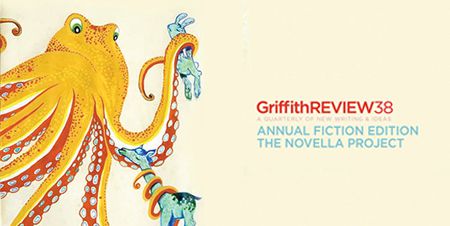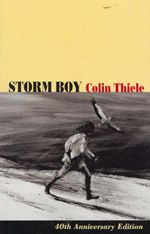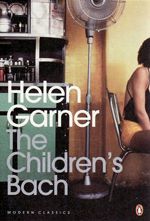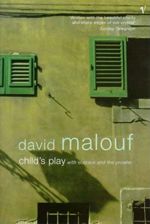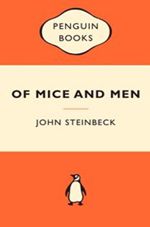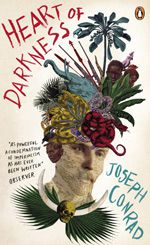The six contributors to Griffith REVIEW’s latest annual fiction edition,
Mary-Rose MacColl recommends…
Amanda Lohrey’s Vertigo tells a haunting story with the beauty and austerity of the Australian coastal bush as its setting. This novella has many elements a great story might use, a couple seeking a sea change, a remote coastal community, fire and grief, and it’s also perfectly executed. Every word here is intended, every scene measured for effect. And the characters are just so well drawn they’re like friends.
A story about deep loss with a strangely hopeful ending, which I loved, it’s one of my all-time favourite books. My one regret after reading Vertigo? I wasn’t the author.
In
Lyndel Caffrey recommends…
I came to Storm Boy by Colin Thiele when I was a child his age. I can’t remember now if it was read to us at school, with me looking out the window at the tossing trees and windy sky, as Storm Boy does at the end of the book, or whether the copy I picked up was the paperback with colour stills from the film, or the hardback illustrated by Robert Ingpen. The story eclipsed all that.
Hideaway, Fingerbone Bill and Storm-Boy were unforgettable, but what I remember most is their world, the windswept sand and shoals of the Coorong, the wind from Antarctica with ice on its tongue, and the snakes, melting into black glass, sand and shadow.
In
Katerina Cosgrove recommends…
There are so many novellas I love, among them The Death of Ivan Ilyich (Leo Tolstoy) and Of Mice and Men (John Steinbeck). But The Children’s Bach by Helen Garner is the one I go back to, reread, savour. In the same way that classical and modern music weaves its way through the characters’ daily, domestic rhythms, this book has been a constant throughout my adult life.
Like much of Garner’s work it’s unflinching, painfully authentic, tender and searing, with moments of limpid joy amid the drabness of ordinary life. Athena and Dexter have a profoundly disabled son and the novella charts their journey from ‘happy family’ to chaos, when some old friends arrive to disrupt their carefully-built complacency.
Friendship and loyalty, order and flux, and the transforming shock of sexual desire, are all treated deftly in this tale of freedom and responsibility.
In
Ed Wright recommends…
A favourite novella is David Malouf’s Child’s Play. First published in 1982 it tells the story of an Italian terrorist whose brief it is to kill a famous novelist. Told in the first person, it depicts the thoughts and sensations of the assassin as he readies himself for the kill. But we never learn the reasons why he has signed up for the job.
Instead, as his event horizon converges towards a single moment in the near future, we get a sense of how much of life lies outside this terrible act. In a strange way it’s a perverse refiguring of the Zen idea of how maintaining an awareness of your death is essential to fully realising you are alive. There are sly gems of wisdom and an ambiguous ending - the puzzlement persists long after the story has ended. It was first recommended to me by my grandmother.
In
Christine Kearney recommends…
It’s at least 20 years since I first read Steinbeck’s Of Mice and Men. Last week, on seeing a tatty, ex-high-school reading list copy of it in a secondhand bookstore, I paid my $3 and sat down to reacquaint myself with Lennie, George and those rabbits. I’d clearly remembered the tenderness with which Steinbeck drew Lennie. But what I’d forgotten was the masterful, dramatic economy with which he moves the narrative along.
Nothing is wasted in this slim volume; and the unlikely friendship between the shambolic, “shapeless” Lennie and “small and quick” George is one of the most memorable in contemporary American literature.
In
Jim Hearn simply recommends novellas!
The form of the novella offers a writer the opportunity to work through a complex idea about the human condition. Whether it’s Heart of Darkness, The Secret Sharer, Animal Farm, or The Outsider, each story is more about an idea that the writer wants to explore, than the characters and settings they represent.
In that way, novellas are a lot like allegories; narratives which stand in for a philosophical inquiry which seeks to extend upon a writer’s understanding of the world and their place in it. In order to achieve that aim, the central character in a novella is often situated in a chaotic, or crisis riven moment, in order for the writer to have the dramatic space necessary to work through the themes of what they want to explore.
In
The Griffith REVIEW 38: The Annual Fiction Edition: The Novella Project
A book by Booki.sh


